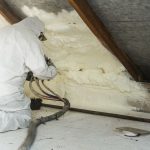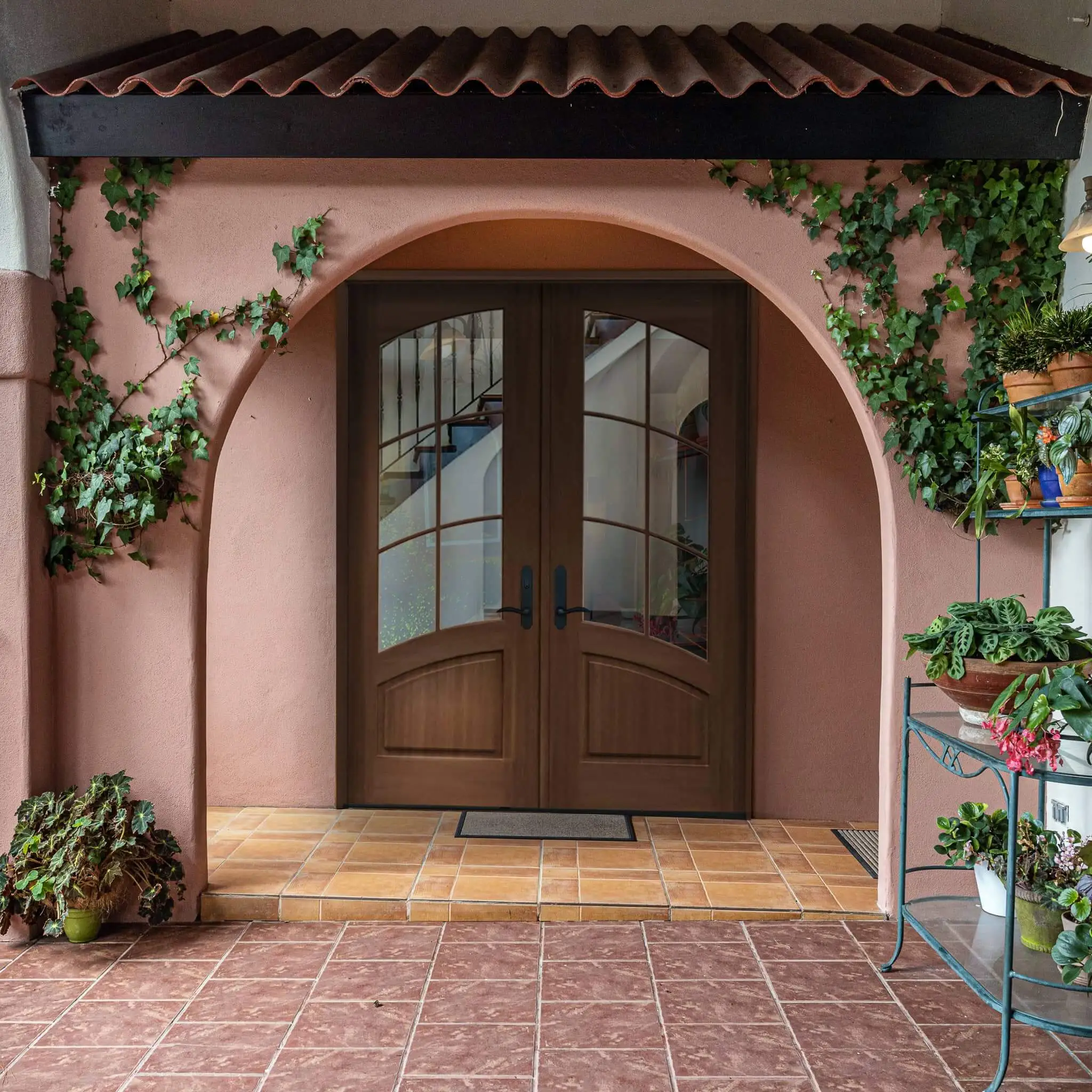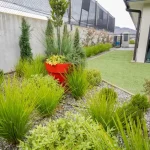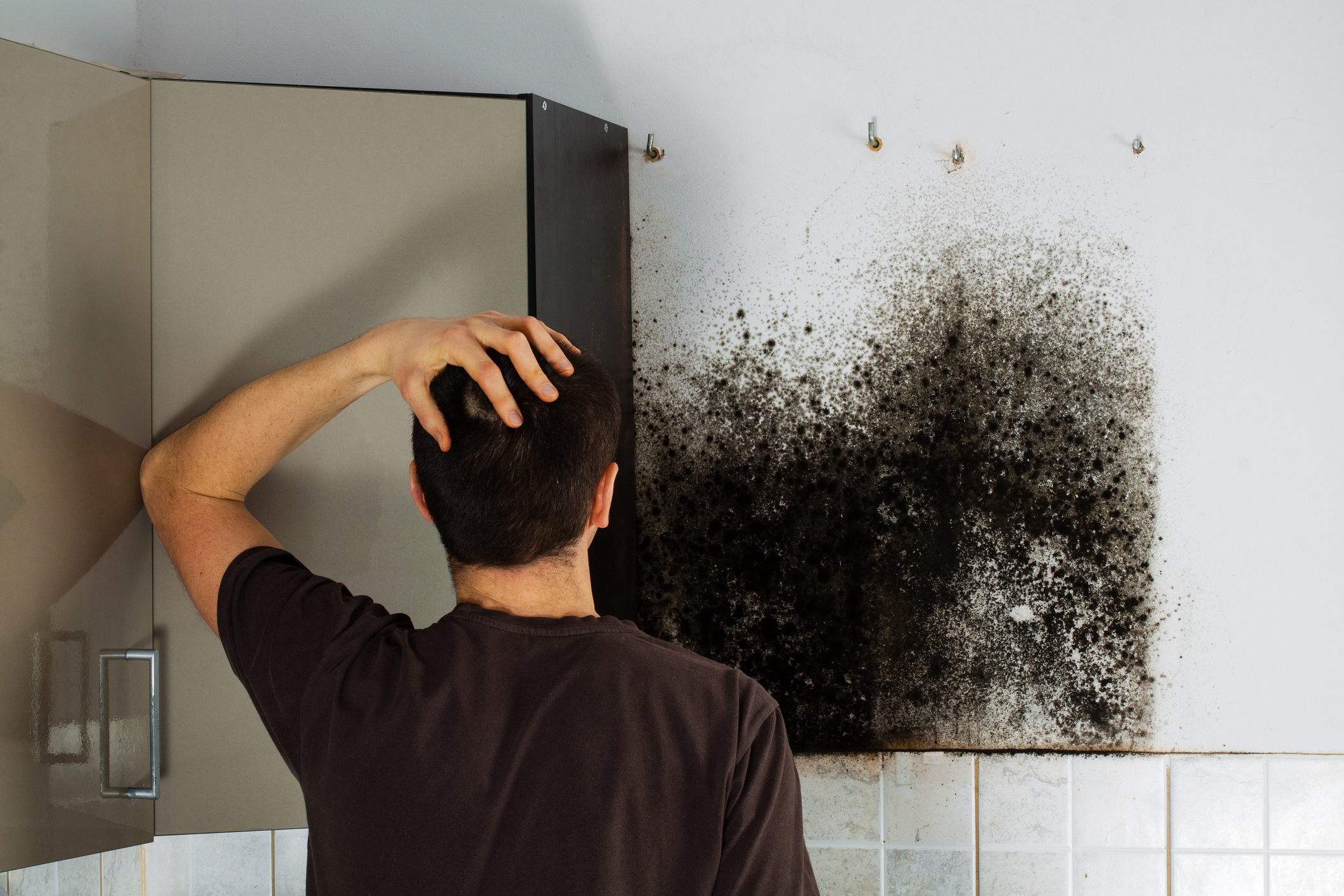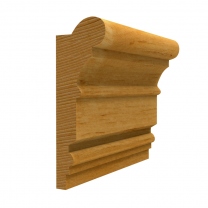Imagine coming home to a well-deserved meal at the end of the day, only to find that ants have literally “carried it away”? Or how about watching an entire line of ants, crawling their way through your kitchen floors, cabinets and drawers? Carpenter ants do this systematically and seem to have no qualms marching in line in front of our very eyes. Truthfully, many house owners face ant problems day after day. But what do carpenter ants do besides cart off perfectly good food? Well, the shocking answers are as follows.
The infamous carpenter ant may vary in size and colour but are usually large (ranging from ¼ to ½ inch) and blackish.
Carpenter ants are active indoors during many months of the year, usually during the spring and summer seasons.
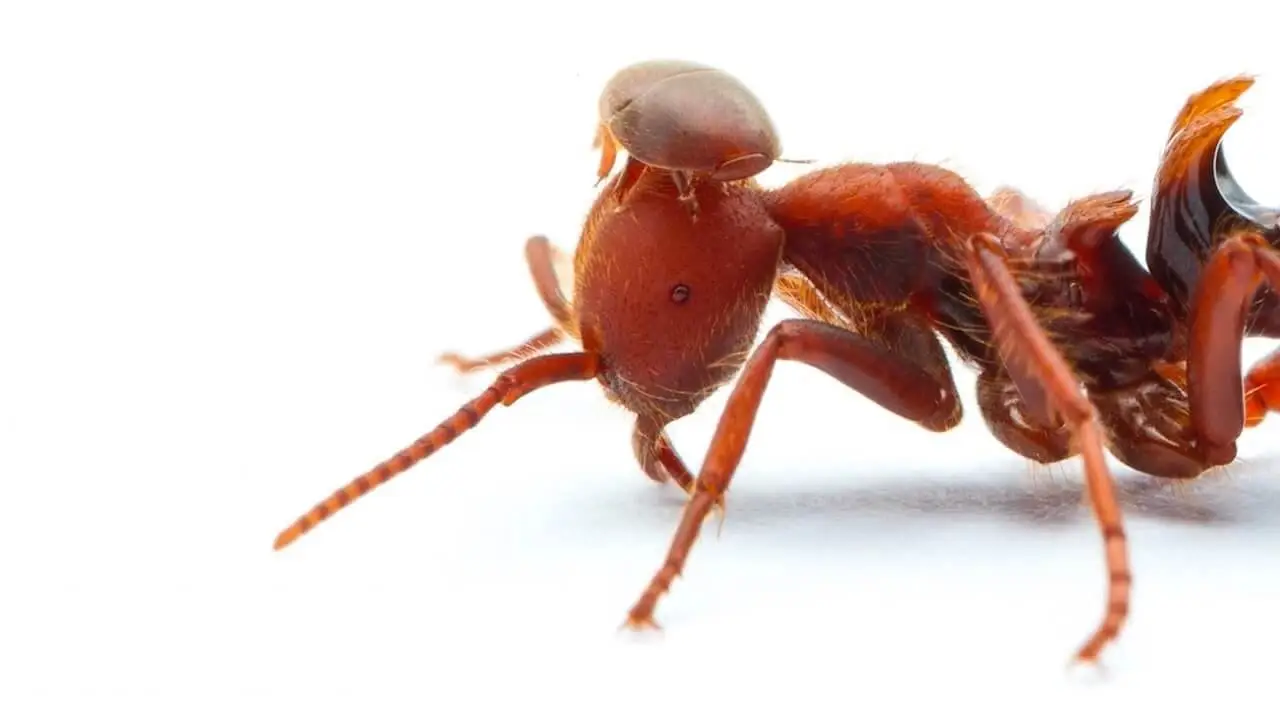
Ants are usually active in the household during late winter/early spring (February/March) and the infestation (nest) is probably within the household itself.
When the carpenter ants are first seen in the spring and summer (May/June), then their nests are likely outdoors and the ants are simply coming in for food.
The natural food of the ants consists of honeydew from aphids, other insects, and plant juices, but they will readily look for water and food scraps within the house.
The carpenter ants’ natural habitats include living and dead trees and rotting logs and stumps. However, they also excavate galleries in wood that have a smooth, sandpapered appearance such as in houses, telephone poles, and other man-made wooden structures. So those with expensive Korean furniture set and/or antique wooden Chinese cabinets, be warned; Make sure you keep carpenter ants at bay.
However, also take note that shredded fragments of wood, similar in appearance to coarse sawdust, are ejected from the galleries through preexisting cracks or slits made by the ants. When such accumulations are found (typically containing dead ants and bits of insects that the carpenter ants have eaten), it’s a good indication that a carpenter ant nest is nearby. Oftentimes, however, the excavated sawdust remains hidden behind a wall or in some other concealed area. It is surprising though, that even with all the wood that carpenter ants carve out, they do not eat them, but simply leave it out there.
Fact: A carpenter ants’ colony is normally created by a single fertilized queen.
First, she establishes a nesting site in a cavity in wood and then rears her first brood of workers, feeding them salivary secretions.
The worker ants, which are reared first, assume the task of gathering food with which to feed the younger larvae.
When the food supply becomes more constant, the ant colony population grows very rapidly.
The ant colony does not reach maturity and become capable of producing young queens and males until it contains 2,000 or more workers. It may take the ant colony from three to six years or more to reach this stage and within each year thereafter, the ant colony will continue to produce winged queens and males, which leave their nest and conduct mating flights from May through July.
Now that their identification and harm is noted, one will wonder what carpenter ants capable are off. Well, the extent and potential damage to a home depend on how many nests are present within the structure, and how long the ant infestation has been active. Although large carpenter ant colonies are capable of causing severe structural damage, the damage is not normally as serious as that from termites. However, it still is a very big problem if the ant infestation grows. On top of that, any food that carpenter ants might find, which includes food that is left on the kitchen counter, will be slowly devoured and brought back to their ant nests.
So, now we know that carpenter ants are annoying in small doses, and are consequently frighteningly hazardous when they gang up. Furthermore, lots of expensive furniture can be ruined by these ants. Make sure you check out Pest Control London unique ant solution to get rid of carpenter ants completely so that you and your family can have peace of mind.
Article provided by https://www.pantherpestcontrol.co.uk

Christine Kelley is a dedicated home blogger who has been blogging for over six years. She covers everything home related. Christine also loves writing posts about her travels to Europe with her husband and two children.




